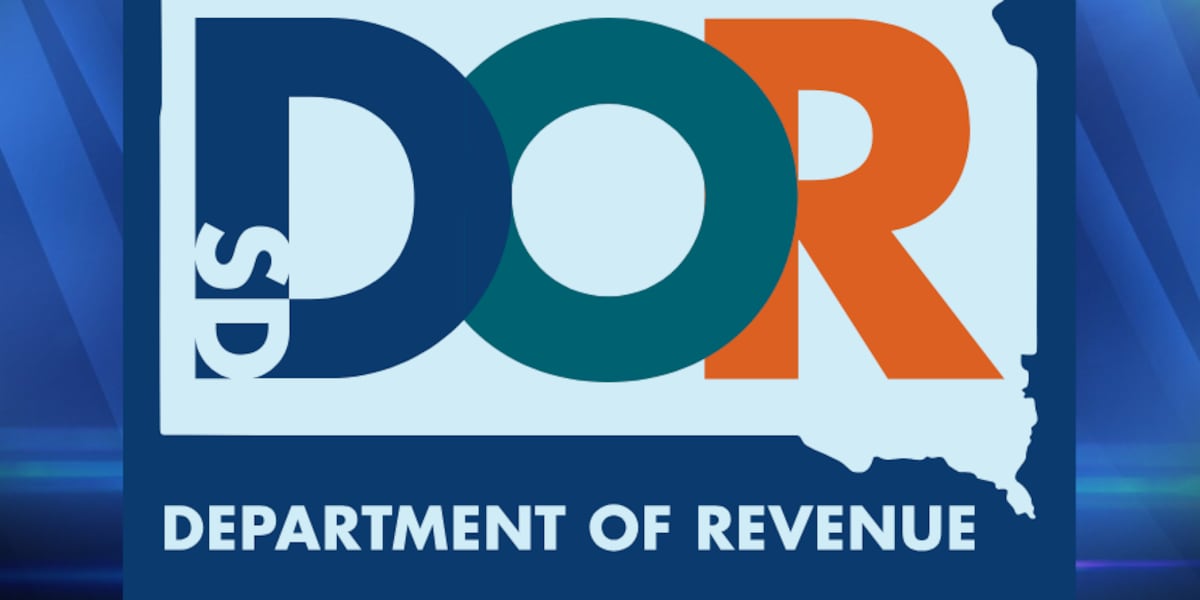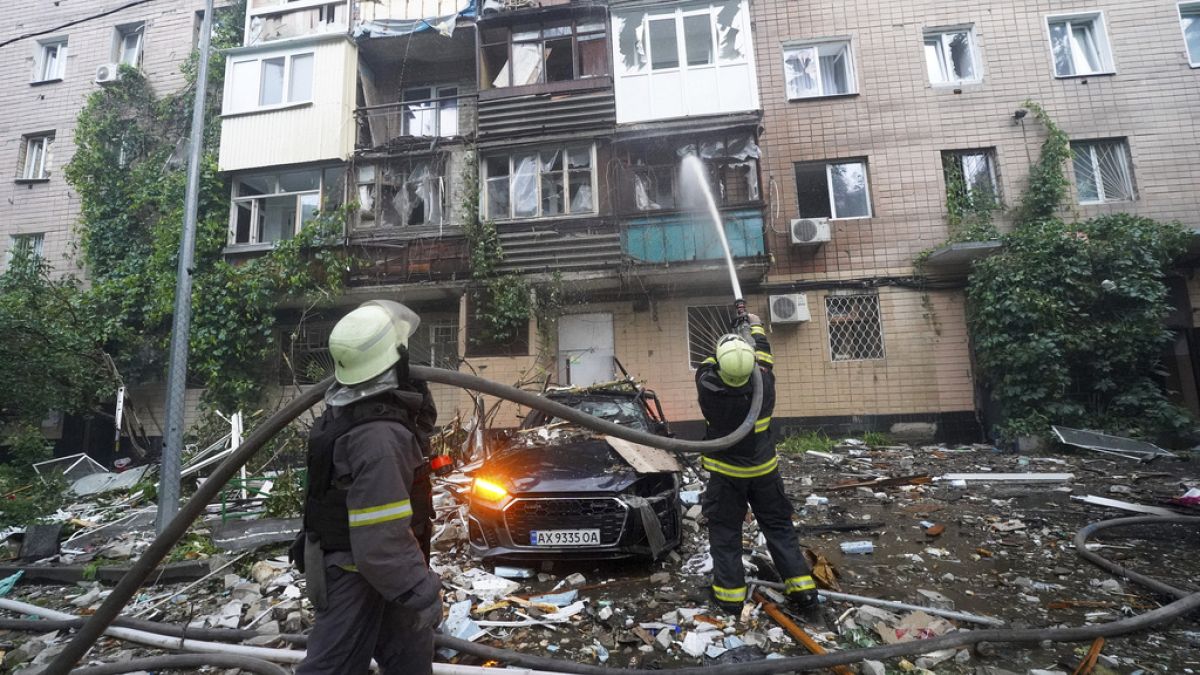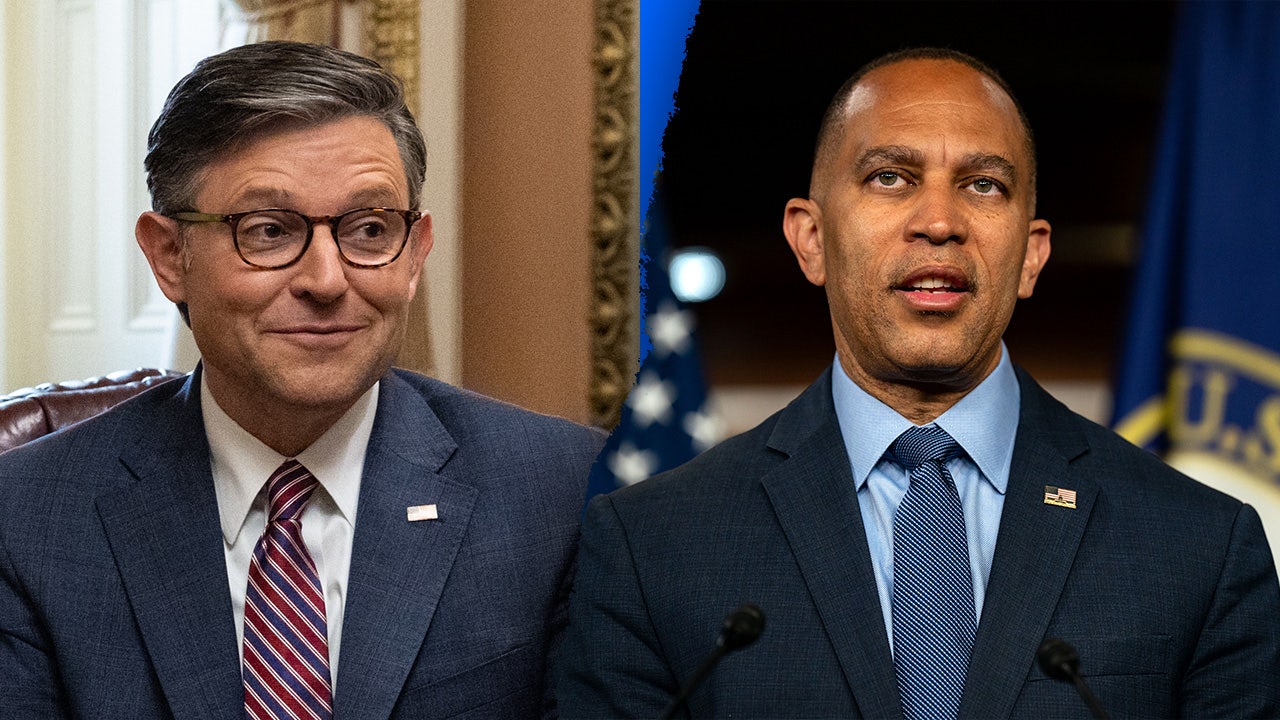Business
Boeing is looking to jettison the space business. Why it might hold on to its El Segundo satellite operation
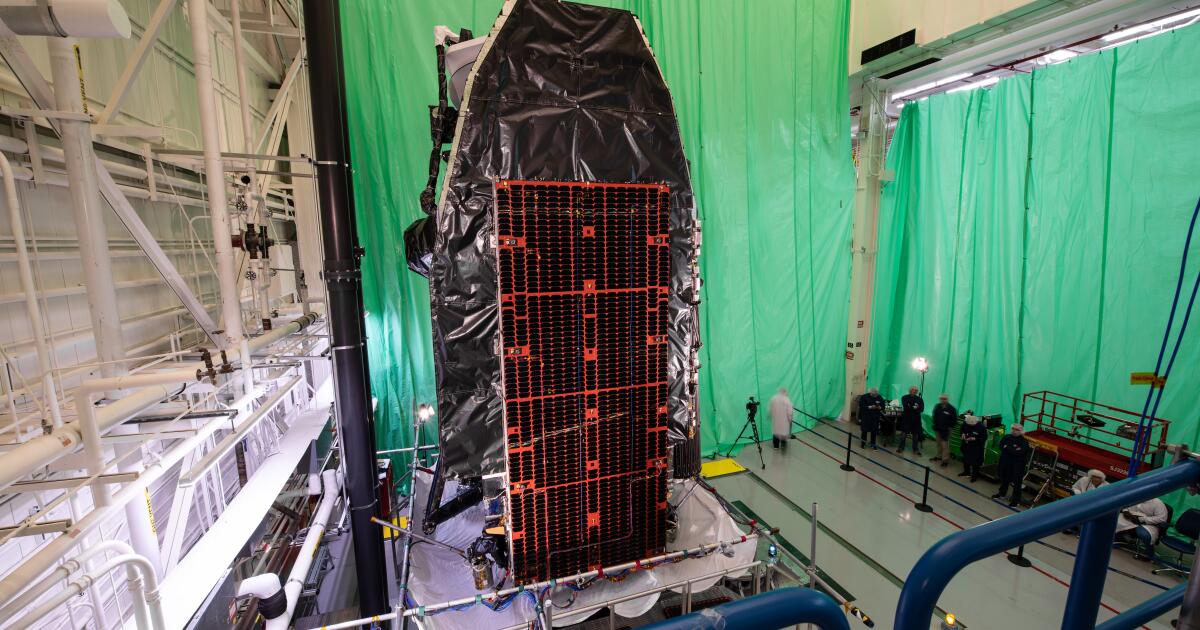
With its manufacturing practices under scrutiny, its machinists on strike and losses piling up, Boeing is said to be considering selling parts of its fabled space business. But few industry analysts think Boeing will put its extensive El Segundo satellite operations on the table.
New Boeing Chief Executive Kelly Ortberg said during a recent earnings call that the aerospace giant was considering shedding assets outside of the company’s core commercial aviation and defense businesses, adding that Boeing was better off “doing less and doing it better than doing more and not doing it well.”
That could mean that Boeing sees no future for its troubled Starliner spacecraft, which was developed to service the International Space Station. The Arlington, Va., aerospace giant also has been trying to exit its United Launch Alliance joint launch venture with Lockheed Martin. Both programs face stiff competition from Elon Musk’s SpaceX, which recently announced it was moving its headquarters from Hawthorne to Brownsville, Texas.
But any asset sale is not expected to encompass Boeing’s satellite manufacturing operations in El Segundo, which include a 1-million-square-foot plant with several thousand workers it acquired in 2000 with its purchase of Hughes Electronics Corp.’s space and communications business.
“It’s not a booming growth business, but there’s no reason for Boeing to get out anytime soon,” said Marco Caceres, an aerospace analyst at Teal Group, noting the continuing demand for the large satellites made at the facility despite changes in the industry.
Shedding parts of it space business would be a landmark decision for Boeing, which has deep ties to the space program in Southern California — where it has built rockets, the X-37 space plane and components for the space station.
Ortberg’s comments come amid manufacturing concerns over its key 737 commercial jet program and a machinists strike that is estimated to be costing $50 million a day. Boeing raised $21 billion in a stock sale this week to shore up its balance sheet.
Boeing also has been the target of multiple whistleblower lawsuits that have alleged lax safety and manufacturing practices that resulted in quality-control issues.
The Wall Street Journal first reported that Boeing was considering selling parts of its space business last week. A Boeing spokesperson said the company “doesn’t comment on market rumors or speculation.”
The El Segundo satellite plant makes large satellites for commercial, government and military customers, including the O3b mPOWER communications satellite for SES, a Luxembourg telecommunications company. Other programs include a $440-million defense contract that Boeing was awarded in March to build another Wideband Global Satcom satellite, which provide fast and secure communications for the U.S. and its allies.
Caceres said manufacturing large satellites remains lucrative for now, though the trend has been for networks of thousands of smaller satellites, such as SpaceX’s Starlink broadband network.
“It’s still a good business but it’s going to be diminished, because it really is these big, mega-constellation systems that are the future,” he said.
In 2018, Boeing acquired a maker of small satellites called Millennium Space Systems, which also is based in El Segundo and whose operations have been partially integrated with the company’s existing plant. The company has received U.S. defense contracts for satellites to detect new threats such as hypersonic missiles.
Other Boeing space businesses in the region expected to survive any restructuring include Spectrolab, a Sylmar subsidiary that makes solar cells for satellites and other space applications. Boeing also is expected to continue its participation in the Space Launch System, a massive rocket developed in Huntsville, Ala., that NASA plans to use to send astronauts back to the moon.
The clearest choice for a possible sale or program closure, analysts agree, is the Starliner capsule built to service the International Space Station with crews and supplies. The spacecraft was manufactured at the Kennedy Space Center in Florida and launches from nearby Cape Canaveral Space Force Station.
Boeing was awarded a $4.6-billion contract in 2014 to develop the craft and has been hit with some $1.5 billion in cost overruns, but the vehicle has yet to be certified. Meanwhile, SpaceX was awarded a smaller contract to develop a crewed capsule, based on its existing Cargo Dragon capsule, and that craft has made more than a dozen trips to the station.
In a blow to Boeing, NASA decided in August to have SpaceX return two astronauts brought to the space station by Starliner in June after the capsule developed propulsion problems while docking on its third test flight. Although the Starliner returned remotely in September, NASA and Boeing are still investigating what went wrong.
Also seen as expendable is Boeing’s participation in the United Launch Alliance, a joint venture it formed in 2006. It claims a perfect mission success rate in more than 150 military and commercial launches. ULA is based in Denver and launches from Cape Canaveral and Vandenberg Space Force Base in Santa Barbara County.
The venture introduced its new Vulcan Centaur rocket this year, which is partly reusable and lowers launch costs to about $110 million. It is more powerful than its SpaceX competitor, the Falcon 9, but that rocket has a fully reusable booster and flight costs starting at less than $70 million.
The space industry has been rife with speculation about who might acquire ULA — Jeff Bezos’ Blue Origin space company has been rumored as a possible buyer — but no deal has emerged, possibly because the price is too high, said Laura Forczyk, executive director of space industry consulting firm Astralytical.
Although the business is not as strong as it used to be, ULA’s reliability, a shortage of launch vehicles and the new rocket’s technical advances means it can still attract business, she said, adding: “There’s just so much demand for launch services.”

Business
Jobs at the Port of Los Angeles are down by half, executive director says

Job opportunities at the Port of Los Angeles are dwindling as President Trump’s steep tariffs take a hit on global trade and a major economic engine for the regional economy.
Nearly half of the longshoremen who support operations at the port went without work over the last two weeks, Gene Seroka, executive director of the Port of Los Angeles, said in an interview.
The port processed 25% less cargo than forecast for the month of May, he said.
Trump’s tariffs have drastically stemmed the flow of goods into the U.S., driving down activity at the neighboring ports of L.A. and Long Beach, which collectively processed more than 20 million 20-foot-long cargo units last year.
The two ports are the largest in the country and provide jobs for thousands of dockworkers, heavy equipment operators and truck drivers.
But work has fallen off sharply in recent weeks. Over the last 25 work shifts, only 733 jobs were available for 1,575 longshoremen looking for work.
“They haven’t been laid off, but they’re not working nearly as much as they did previously,” Seroka told The Times. “Since the tariffs went into place, and in May specifically, we’ve really seen the work go off on the downside.”
Marine terminal operators post available work opportunities, known as job orders, on a digital board at the port three times a day. Longshoremen can review the job orders at each shift and bid on the jobs they want to take. If there are more longshoremen than job orders, a portion of workers will go without pay.
The average of 733 job orders posted over the past 25 shifts, which is equal to roughly two weeks, is unusually low.
Ordinarily, between 1,700 and 2,000 job orders are posted during a typical day shift, and between 1,100 and 1,400 are posted during a standard night shift.
Seroka attributed the decrease in job opportunities to lower cargo volume moving through the port.
In May, 17 cargo ships canceled their planned trips to Los Angeles amid uncertainty over duties the Trump administration imposed worldwide.
Although May is typically a busier month than April, this past May saw 18% less cargo processed than the month prior, according to port data.
The falloff comes during a critical time in advance of the Christmas shopping season, orders for which are usually placed before July 1.
Conditions are not expected to significantly improve anytime soon.
“The June numbers that we’re projecting right now are nowhere near where they traditionally should be,” Seroka said.
An average of five ships have entered the port each day over the last week. This time of year, there would typically be between 10 and 12 ships in the port each day.
“The drop in cargo volume caused by Trump’s tariffs will mean empty shelves when products don’t reach our stores, rising prices on everything from groceries to clothes to cars, and undoubtedly, more Americans out of work,” U.S. Sen. Alex Padilla of California said in a news conference last month.
The decline in shipping has broader ripple effects on L.A.’s logistics economy.
A 2023 report found that the ports of Los Angeles and Long Beach contributed $21.8 billion in direct revenue to local service providers, generating $2.7 billion in state and local taxes and creating 165,462 jobs, directly and indirectly.
A decline of just 1% in cargo to the ports would wipe away 2,769 jobs and endanger as many as 4,000 others, the study found.
Union officials could not be reached for comment on Friday but had previously predicted job losses for their members.
“Some of the workforce will not be getting their full 40 hours a week based on the loss of cargo,” Gary Herrera, president of the longshoremen union ILWU Local 13, warned last month.
“That is going to have an effect on the work opportunities for not just us, but for truck drivers, warehouse workers and logistics teams,” he said.
The slowdown in activity at the ports of L.A. and Long Beach has also spread into surrounding communities. Businesses in the area rely on a robust community of port workers to frequent their establishments.
“We’re starting to hear from small businesses and restaurants in the harbor area that their customer patronage is trending downward,” Seroka said. “Outside of COVID, this is the biggest drop I’ve seen in my career.”
Business
Venture capital investment is rising in Los Angeles — and not just for AI startups
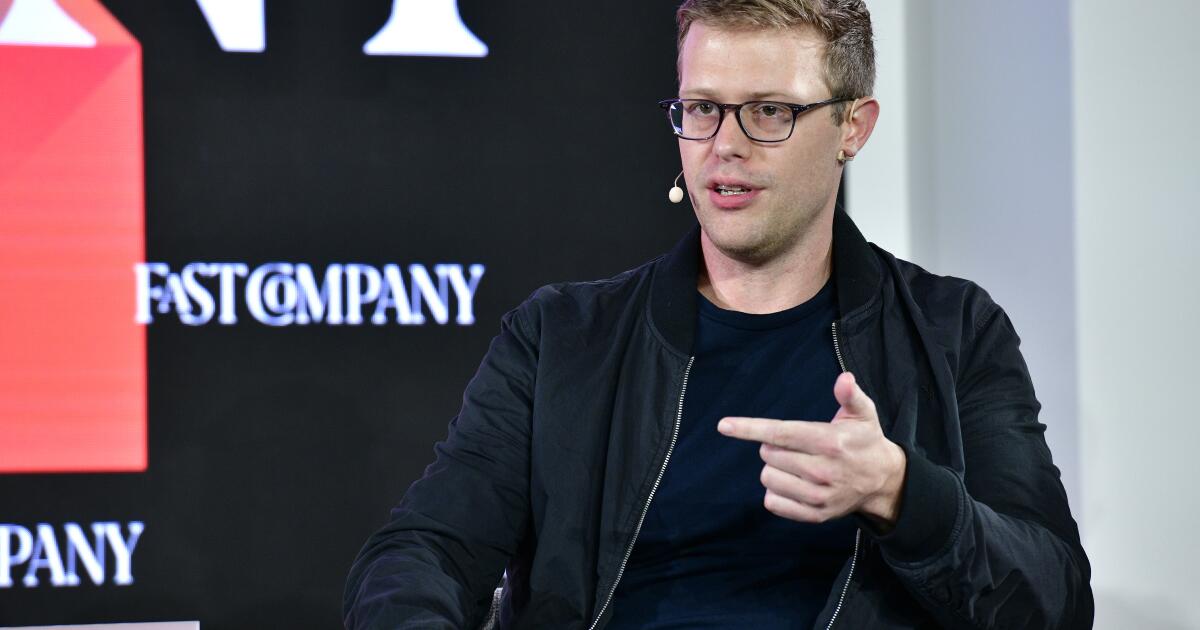
Early this year, private equity firm Blackstone bet big on the future of artificial intelligence by investing $300 million in a Chatsworth company that’s been around for more than two decades.
The company, DDN, helps businesses store and manage the massive trove of data that powers AI systems — the lifeblood needed for chatbots, self-driving cars and more. DDN’s high-profile customers include chipmaker Nvidia, Elon Musk’s AI startup xAI, Google Cloud and Ford. DDN, short for DataDirect Networks, has roughly 1,000 employees.
“They have a trillion dollars of assets under management, and it’s a company that we thought would really move the needle for us in terms of extending our reach,” said Jyothi Swaroop, DDN’s chief marketing officer.
The investment was among the largest this year in the Greater Los Angeles region, which remains a hot spot for investments in both old and new tech companies poised for growth.
All told, venture capital investors and private equity firms poured $3.1 billion to fund 144 deals in the L.A. area in the first quarter of this year, up 15% from a year ago, according to research firm CB Insights. The area encompasses Los Angeles, Ventura, Orange, Riverside and San Bernardino counties.
While investment levels can fluctuate, funding in the greater L.A. region has steadily increased since 2023, when investment cooled following the collapse of the cryptocurrency exchange FTX.
Along with AI, investors also financed startups and established businesses in healthcare, e-commerce and defense technology, underscoring how investment in the L.A. market has diversified in recent years beyond ad tech businesses and video apps.
“Today it’s going into much more ambitious projects,” Mark Suster, a general partner at Santa Monica-based Upfront Ventures. “It’s going into satellites, alternate energy, national defense, drones, shipbuilding and pharmaceutical drug discovery. So it’s a lot more exciting than it ever has been.”
Los Angeles-area companies that received the most money in the first quarter include Torrance-based defense company Epirus with $250 million; and Thousand Oaks-based Latigo Biotherapeutics, which received $150 million, according to CB Insights. Latigo Biotherapeutics develops non-opioid pain treatments, while Epirus makes technology that helps defend against attacks from drone swarms.
Economic consulting firm Econic Partners raised the most funding with $438 million, according to CB Insights, which relied on a report filed with the U.S. Securities and Exchange Commission. Econic disputed the total, saying it raised nine figures in the first quarter, but the company declined to say how much.
Masha Bucher, founder and general partner at Day One Ventures, said she views El Segundo as the most promising hub for “deep tech” startups tackling complex issues, such as, water scarcity.
Businesses in the L.A. area have access to a highly qualified workforce from aerospace and defense tech companies. The tech hub known as Silicon Beach also is close to the airport, making it easy for entrepreneurs to hop on a plane to raise funding in San Francisco.
“There is a power of community, and it’s definitely like a power spot on the map,” Bucher said. The firm’s investments include various AI startups and an eye-scanning crypto project backed by OpenAI’s Sam Altman in which people verify they’re human.
Investors aren’t interested in only AI, however. Culver City-based Whatnot raised $265 million, one of the biggest deals in the L.A. area this year. The live shopping app allows people to buy and sell items such as clothing and collectibles. Potential customers can ask questions about products in real-time, find deals and bid for products shown in live videos.
Whatnot says it surpassed more than $3 billion in sales in 2024, and the company expects that figure to double this year. The startup, founded in 2019, says it isn’t profitable yet, but the TikTok rival has shown investors it’s growing fast.
“Live and social shopping has the potential to be an absolutely monstrous market,” Whatnot Chief Executive Grant LaFontaine said.
The company has roughly 750 employees across the United States and Europe. The funding will help market Whatnot to attract more users and hire people to improve the shopping experience, he said.
Like other businesses, Whatnot uses AI for customer service and to moderate content on the platform.
“I tend to be sort of a purist, which is that consumers don’t care about AI. They care about problems being solved,” LaFontaine said.
Businesses have been using AI long before the rising popularity of chatbots such as ChatGPT that can generate text, images and code.
But the frenzy surrounding what’s known as generative AI has meant that various industries are confronting how technology will disrupt the way they live and work.
Not surprisingly, investor interest in AI drove much of the nation’s venture capital commitments in the first quarter. San Francisco-based OpenAI secured the largest funding round of $40 billion, placing its valuation at $300 billion, according to CB Insights.
“There’s a ton of opportunity to rewrite the playing field on which people do business in everything from across verticals, across industries,” said Jason Saltzman, head of insights for CB Insights. “Everyone recognizes the promise, and … no one wants to miss out on the promise.”
Globally, $121 billion of venture capital was raised in the first quarter, with 20% of the deals received by AI companies — the highest amount ever, according to CB Insights. Nationally, $90.5 billion in venture capital was raised last quarter, with the bulk of the money going toward startups in Silicon Valley, which brought in $58.9 billion, the research firm said.
San Francisco has experienced a surge in AI startups expanding or opening up offices, drawn to the city’s swath of talent and the Bay Area’s universities. AI leaders including OpenAI and Anthropic also are based there.
OpenAI said it would use the money raised in the first quarter toward building its tools and investing in talent.
“People understand that this is a transformative technology,” said Chris Lehane, OpenAI’s vice president of global affairs in an interview. “It’s going to permeate virtually every aspect of life.”
Silicon Valley remains the far leader in venture capital AI investments, but other cities such as New York have attracted AI funding. There’s also global competition from countries such as China. As legislators weigh whether to introduce laws that could regulate AI, some tech lobbying groups have raised concerns on how those bills could affect innovation in the state.
Suster said he doesn’t think venture capital dollars will leave California.
“The opportunity set is so great here,” Suster said. “Do we occasionally get backwards-looking bills that try to overregulate how industry works in California? Of course, we do. We find ways to work around them.”
Business
Paramount chair Shari Redstone has been diagnosed with thyroid cancer
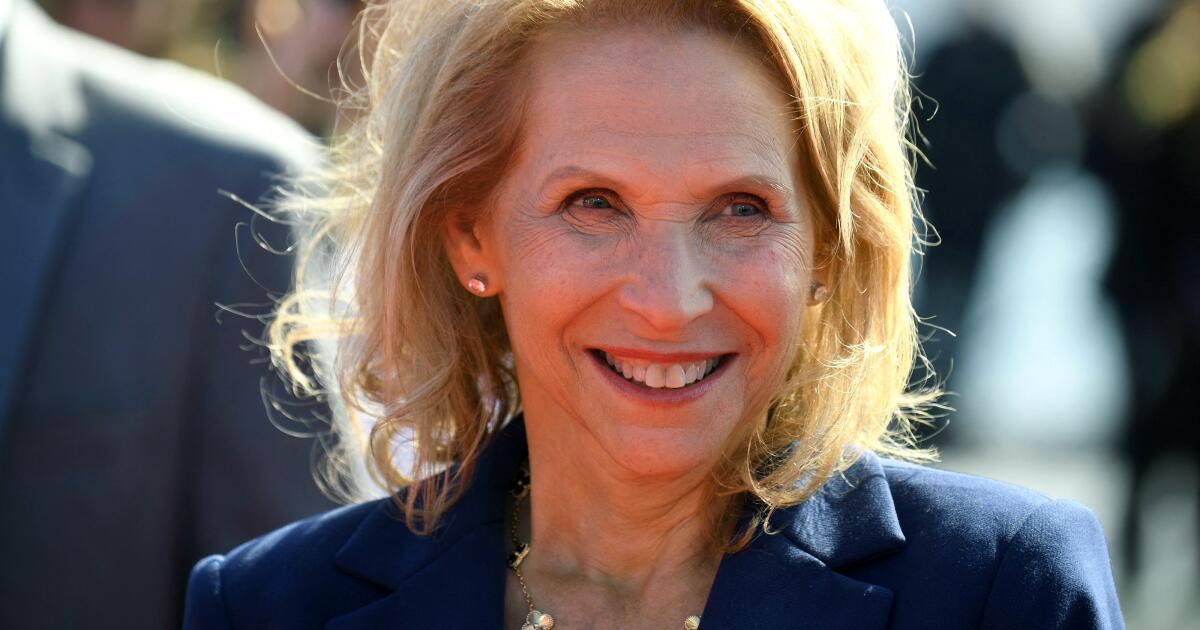
Paramount Global chairwoman and controlling shareholder Shari Redstone is battling cancer as she tries to steer the media company through a turbulent sales process.
“Shari Redstone was diagnosed with thyroid cancer earlier this spring,” her spokeswoman Molly Morse said late Thursday. “While it has been a challenging period, she is maintaining all professional and philanthropic activities throughout her treatment, which is ongoing.
“She and her family are grateful that her prognosis is excellent,” Morse said.
The news comes nearly 11 months after Redstone agreed to sell Paramount to David Ellison’s Skydance Media in a deal that would end the family’s tenure as major Hollywood moguls.
However, the government’s review of the Skydance sale hit a snag amid President Trump’s $20-billion lawsuit against Paramount subsidiary CBS over edits to an October “60 Minutes” broadcast.
Redstone, 71, told the New York Times that she underwent surgery last month after receiving the diagnosis about two months ago. Surgeons removed her thyroid gland but did not fully eradicate the cancer, which had spread to her vocal cords, the paper said.
She continues to be treated with radiation, the paper reported.
The Redstone family controls 77% of the voting shares of Paramount. Her father, the late Sumner Redstone, built the company into a juggernaut but it has seen its standing slip in recent years. There have been management missteps and pressures brought on by consumers’ shift to streaming. The trend has crimped revenue to companies that own cable channels, including Paramount.
Redstone has wanted to settle the lawsuit Trump filed in October, weeks after “60 Minutes” interviewed then-Vice President Kamala Harris. Trump accused CBS of deceptively editing the interview to make Harris look smarter and improve her election chances, a charge that CBS has denied.
The dispute over the edits has sparked unrest within the company, prompted high-level departures and triggered a Federal Communications Commission examination of alleged news distortion.
The FCC’s review of the Skydance deal has become bogged down. If the agency does not approve the transfer of CBS television station licenses to the Ellison family, the deal could collapse.
The two companies must complete the merger by early October. If not, Paramount will owe a $400-million breakup fee to Skydance. Redstone, through the family’s National Amusements Inc., also owes nearly $400 million to a Chicago banker and tech titan Larry Ellison, who is helping bankroll the buyout of Paramount and National Amusements.
-

 News1 week ago
News1 week agoVideo: Faizan Zaki Wins Spelling Bee
-

 News1 week ago
News1 week agoVideo: Harvard Commencement Speaker Congratulates and Thanks Graduates
-

 Politics7 days ago
Politics7 days agoMichelle Obama facing backlash over claim about women's reproductive health
-
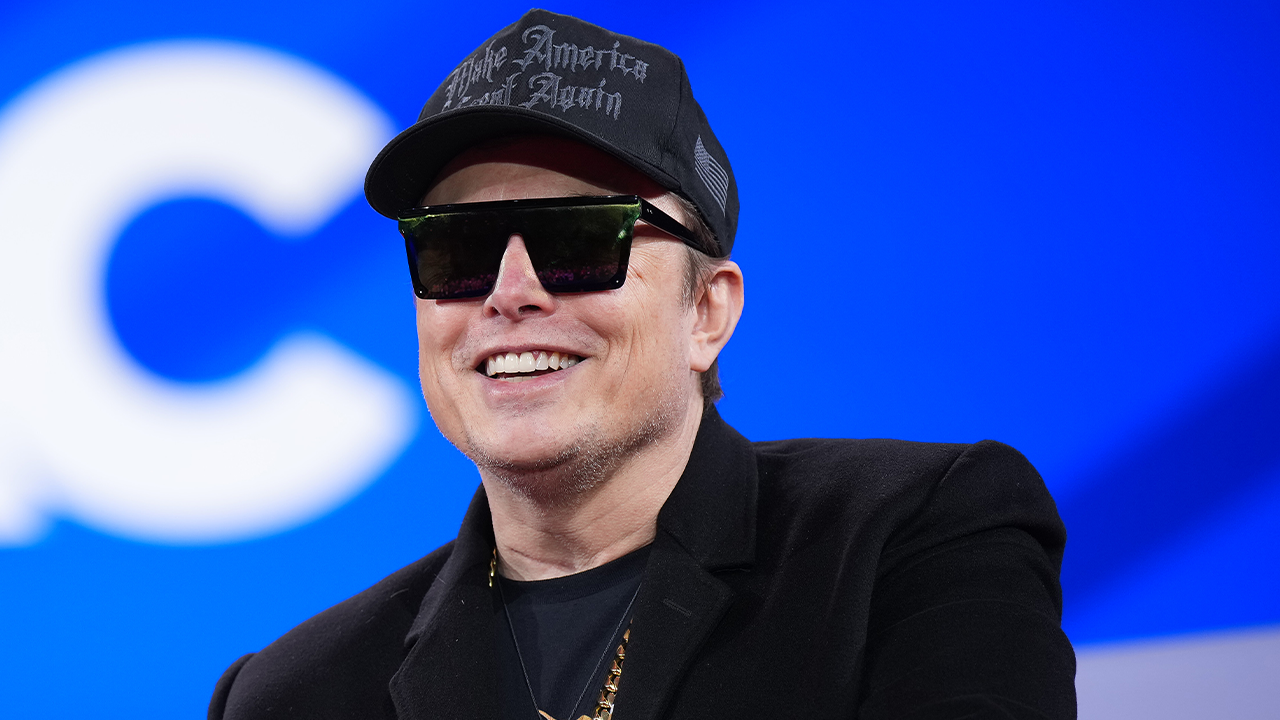
 Politics1 week ago
Politics1 week agoMusk officially steps down from DOGE after wrapping work streamlining government
-

 Technology1 week ago
Technology1 week agoAI could consume more power than Bitcoin by the end of 2025
-

 News1 week ago
News1 week agoPresident Trump pardons rapper NBA YoungBoy in flurry of clemency actions
-

 Technology1 week ago
Technology1 week agoOpenAI wants ChatGPT to be a ‘super assistant’ for every part of your life
-

 Technology1 week ago
Technology1 week agoSEC drops Binance lawsuit in yet another gift to crypto



